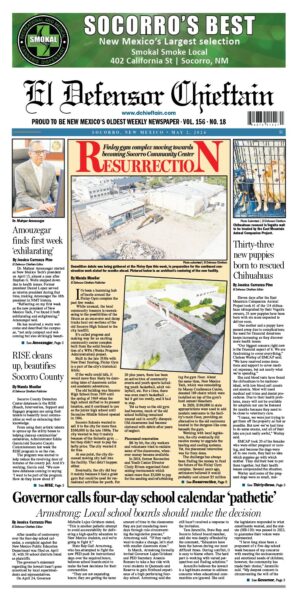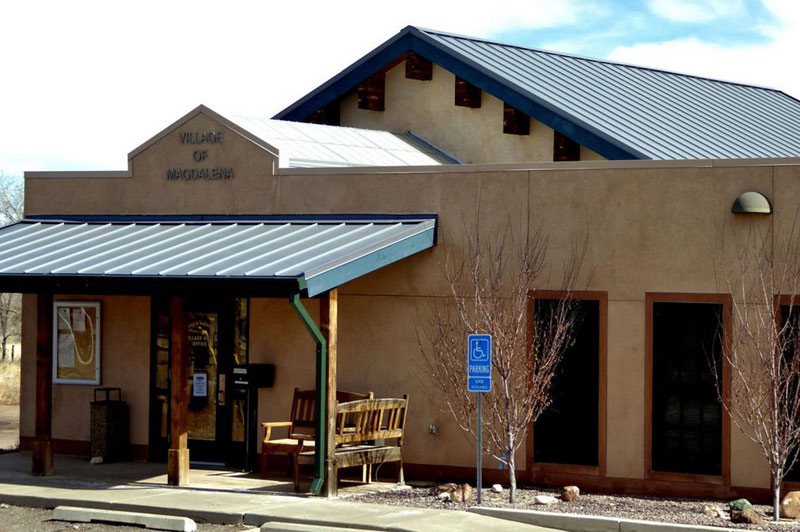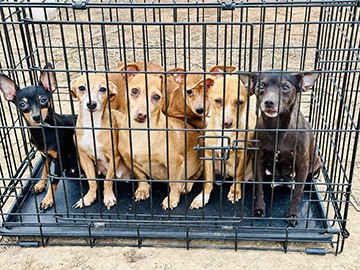
Valley Fever is contracted by inhaling fungal spores from the soil in dryer regions common throughout New Mexico. When the soil is disturbed by wind, construction, farming, the fungus can become airborne and breathed in, causing infection. Valley Fever is typically treated with antifungal medications. Recent reports have raised concerns about drug-resistant strains of the fungus. The misuse/overuse of antifungal drugs and incomplete treatment courses have contributed to the development of resistance making the infection more dangerous.
It’s difficult to avoid inhaling the fungal spores. Precautions to reduce the risk include avoiding dusty places, wearing N95 respirators in construction or excavation sites, staying indoors during dust storms, refraining from activities that involve contact with dirt/dust, using air filtration indoors and ensuring proper cleaning of skin injuries exposed to dirt/dust. While these steps are recommended they haven’t proven to prevent Valley Fever. The best defense is raising awareness and educating communities about the disease.
High-risk populations for Valley Fever include pregnant women, elderly, immunocompromised individuals, outdoor workers, specific ethnic groups, travelers, new residents, and healthcare workers.
Many Valley Fever cases go undiagnosed or mistaken for other respiratory illnesses. People may experience mild or no symptoms. Taking precautionary measures and being aware of the common Valley Fever symptoms, we can work against the threat.
Organizations like the Partnership to Fight Infectious Disease (PFID) and the Valley Fever Institute work to increase awareness about the dangers of Valley Fever, providing New Mexicans the resources to protect themselves and their families.
To prevent infections like Valley Fever from becoming the next pandemic, we must act now to raise awareness and safeguard the well-being of our communities.
Representative Tara Jaramillo
Socorro

















